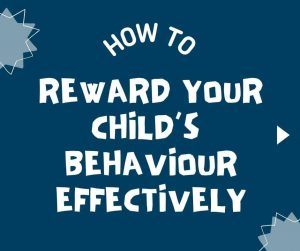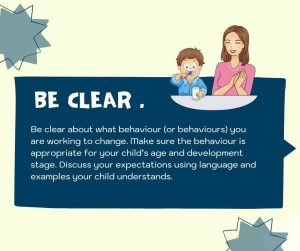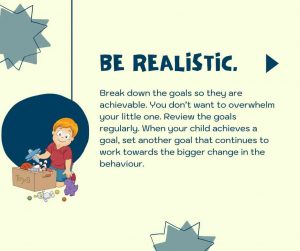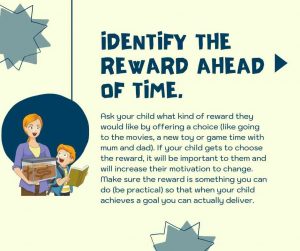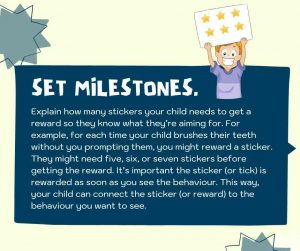Influencing your child’s behaviour can be a challenge. But there are some practical tools that can help. Reward charts are a great tool for encouraging specific behaviours you want to see from your child. They can also be handy when rewarding your child for practising a new skill.
We’ve asked our counselling team to explain what rewards charts are, and how you can use them to influence your child’s behaviour.
First things first, reward charts are appropriate from about the age of three until 12 or 13 years of age. Consider your child’s age and development when deciding if reward charts are appropriate for you.
How to influence your child’s behaviour using a reward chart
Making an effort to notice your child’s good behaviour will go a long way in helping them create permanent change.
Reward charts often show a positive behaviour or goal you want your child to achieve. For example, using their manners, setting the table or doing their own shoe laces.
Each time your child does the behaviour well, they get a tick or sticker. After a certain number of ticks, they get a reward.
It’s important to remember to give your child a tick or sticker straight after the behaviour. This helps to reinforce the action in the moment. If they fail to earn a star, try not to dwell on it and avoid saying things like “you won’t get any stars if you keep acting like this”.
The idea behind a ‘sticker’ or ‘tick’ chart is to reward the child, not to punish or bribe them. In other words, you’re not taking away stickers or rubbing out ticks if your little one misbehaves. And you’re not giving them a sticker or tick to make them stop having a tantrum.
TOP TIP: Choosing short-term rewards are great to keep your child engaged in the reward chart long-term.
Rewards don’t have to be physical gifts, either. You could go on a family bike ride, have one-on-one time with mum or dad, or let your child stay up half an hour later on a school night. If you want to give a gift, how about a new book or small toy? This keeps the reward chart interesting and doable for both child and parent!
What are the benefits of using reward charts to influence my child’s behaviour?
There are so many benefits to using a reward chart. They’re fun and encouraging, and they give you and your child something to work towards together.
Reward charts are visual: your child can see it, feel it, and interact with it. And when children can see their achievements, they can measure their achievements.
Reward charts also increase self-esteem for you and your little one. You have a reason to focus on your child’s positive behaviours rather than the negatives. Your child also learns they can control their behaviour, make their own choices and achieve things.
READ MORE: The Raising Children Network has some great information about reward charts. Visit the Raising Children Network website.
How to set up a reward chart to change my child’s behaviour
Reward charts come in many different forms. You can use a physical chart on the fridge or wall, or you could even use an app.
If you’d like to set up your own chart, start with a list of behaviours you want to encourage. Once you’ve decided these, use clear and positive descriptions for each behaviour. Talk through each one with your child and let them know how reward charts work.
Remember: be positive. Reward chards are not meant to be a negative experience, so make sure your child knows this. Tell them (and follow it through) that you will give encouragement or stickers when you see your child is making an effort; they don’t have to nail the task or skill every time.
When it’s time to make the reward chart, choose what works for you! You can type a reward chart one up on a computer, use a whiteboard, or check out your local stationery shop for a pre-made version. Alternatively, you can find many different, downloadable versions on the internet.
TOP TIP: Why not create a physical reward chart with your child as a fun activity?
All you need is some arts and craft supplies, and a clear idea about the kinds of behaviour you want to use the chart for. This activity will give your little one increased ownership and a stake in what you’re both working towards.
How to reward my child’s behaviour effectively
When using your reward chart, remember why it’s there. It’s not a punishment or a bribery tool; it’s about encouraging positive behaviours or skills.
Here are five easy steps you can follow to make sure your reward chart is effective.
